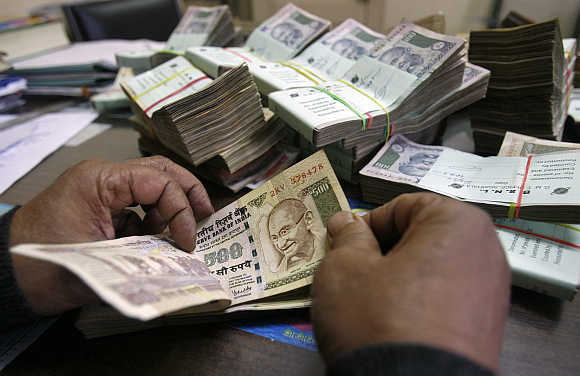
Global market tides have swept rupee close to an all-time low, raising current account financing and inflation risks, but for now policymakers are more likely to use small-scale intervention and administrative measures to defend the currency.
The rupee fell 4.8 per cent last month, and was the worst performing Asian currency as the dollar rallied broadly on speculation that the Federal Reserve will begin reducing its monetary stimulus later this year.
Trading at 56.65 per dollar on Tuesday, the rupee is not far from a record low of 57.32 hit on June 22, 2012.
. . .
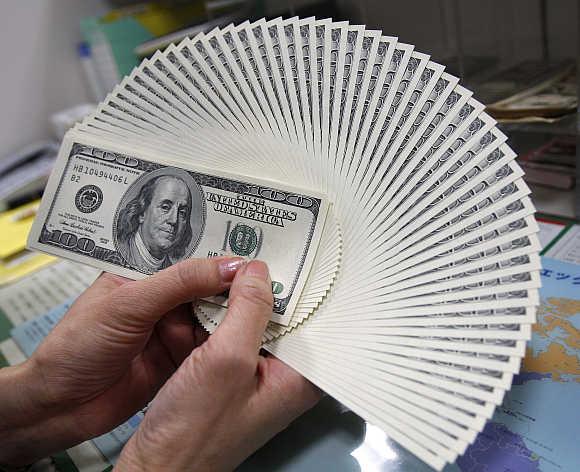
Having a currency at an all-time low is not a great advertisement for the government's management of the economy ahead of important state elections due in coming months and a national election due within a year.
It will also fuel inflation, make it more difficult to fund a current account deficit that was equivalent to a record 6.7 per cent of gross domestic product in December, and drive up the cost of oil and gold imports that respectively account for 35 per cent and 11 per cent of India's trade bill.
Further global dollar strength and investor risk aversion could spell danger if it leads to continued rupee weakness, and India's external deficits worsen.
. . .
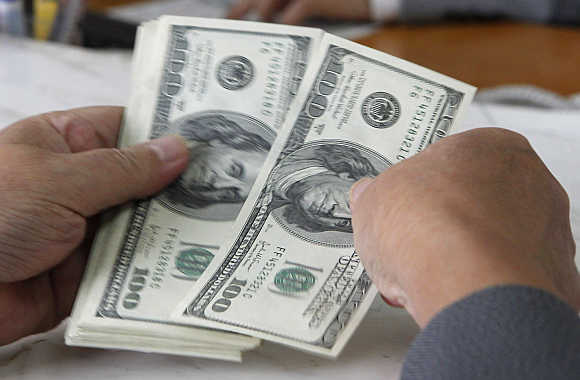
"Foreign investors may start fleeing Indian markets on escalating balance of payments risks," said Priyanka Kishore, a currency strategist for Standard Chartered in Mumbai.
Sentiment for the rupee has turned the most bearish since November, according to a recent Reuters poll.
Having attracted around $50 billion in inflows since the start of 2012, the rupee is rendered particularly vulnerable to a withdrawal of foreign funds.
That could make the Reserve Bank of India more cautious when it decides whether to cut interest rates in a policy review due in mid-June.
. . .
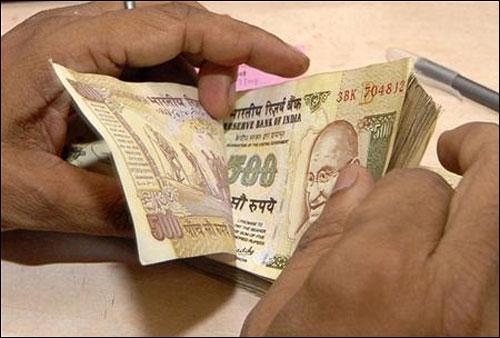
Finance Ministry officials said on Tuesday, however, that India is likely to raise by $5 billion the $25 billion cap on foreign institutional investment in government debt.
But, with parliament gridlocked by the fallout from a corruption scandal, chances appear slim of Prime Minister Manmohan Singh's minority coalition government delivering far-reaching reforms to generate heavy capital inflows, as it did last September to stave off the loss of India's investment grade credit rating.
The RBI is unlikely to intervene heavily in markets to prop up the rupee, as it will want to conserve foreign exchange reserves which at $292 billion are just enough to cover seven months of imports, the lowest import cover since 1996.
. . .

"We don't want to lose more reserves. We do not want the import cover to worsen," said one policymaker familiar with the central bank's thinking.
Instead, there are expectations that the RBI will use a combination of judicious intervention and administrative steps to dampen speculation against the rupee, without addressing fundamental causes of the currency's weakness.
What to do
The RBI would be very reluctant to tighten monetary policy to protect the rupee, having given a priority to supporting growth, which fell to a decade-low of 5 per cent in the fiscal year that ended in March.
The central bank has reduced its policy interest rate by 75 basis points so far this year, and while analysts have expected a further reduction, the RBI may opt to delay any further easing while the rupee remains weak.
. . .
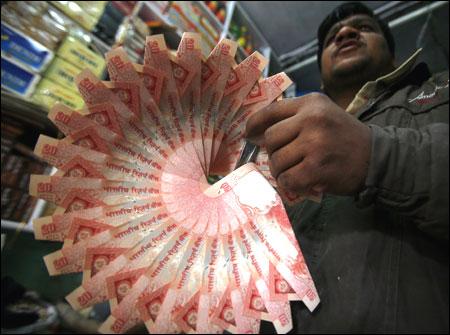
"The rate cutting cycle would likely be slightly delayed as the Reserve Bank of India attempts to balance the dilemma between managing the currency and supporting growth," Nomura said in a note last week.
When markets become unruly, the RBI typically first resorts to light intervention to quell speculative behaviour, before pulling administrative levers if the rupee continues to move sharply.
That might include telling exporters to immediately convert 50 per cent of their overseas earnings to rupees -- a measure taken last year - and asking importers to stagger dollar purchases.
. . .
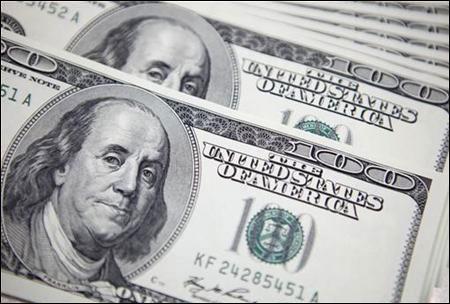
The RBI could also supply dollars to oil importers to stop lumpy payments adding to pressure on the rupee.
The government could help by, for example, raising limits for overseas investment in domestic debt, and opening the defence and telecom sectors to more foreign investment, but pensions and insurance sector reforms remain stalled and it is hard for Prime Minister Singh to push through contentious measures.
That leaves the RBI to hold the line.
"Short-term steps might help to stabilise the rupee but would be insufficient if the global tide washes over," said Radhika Rao, an economist with DBS in Singapore.
Additional Reporting by Rajesh Kumar Singh in New Delhi and Suvashree Dey Choudhury in Mumbai